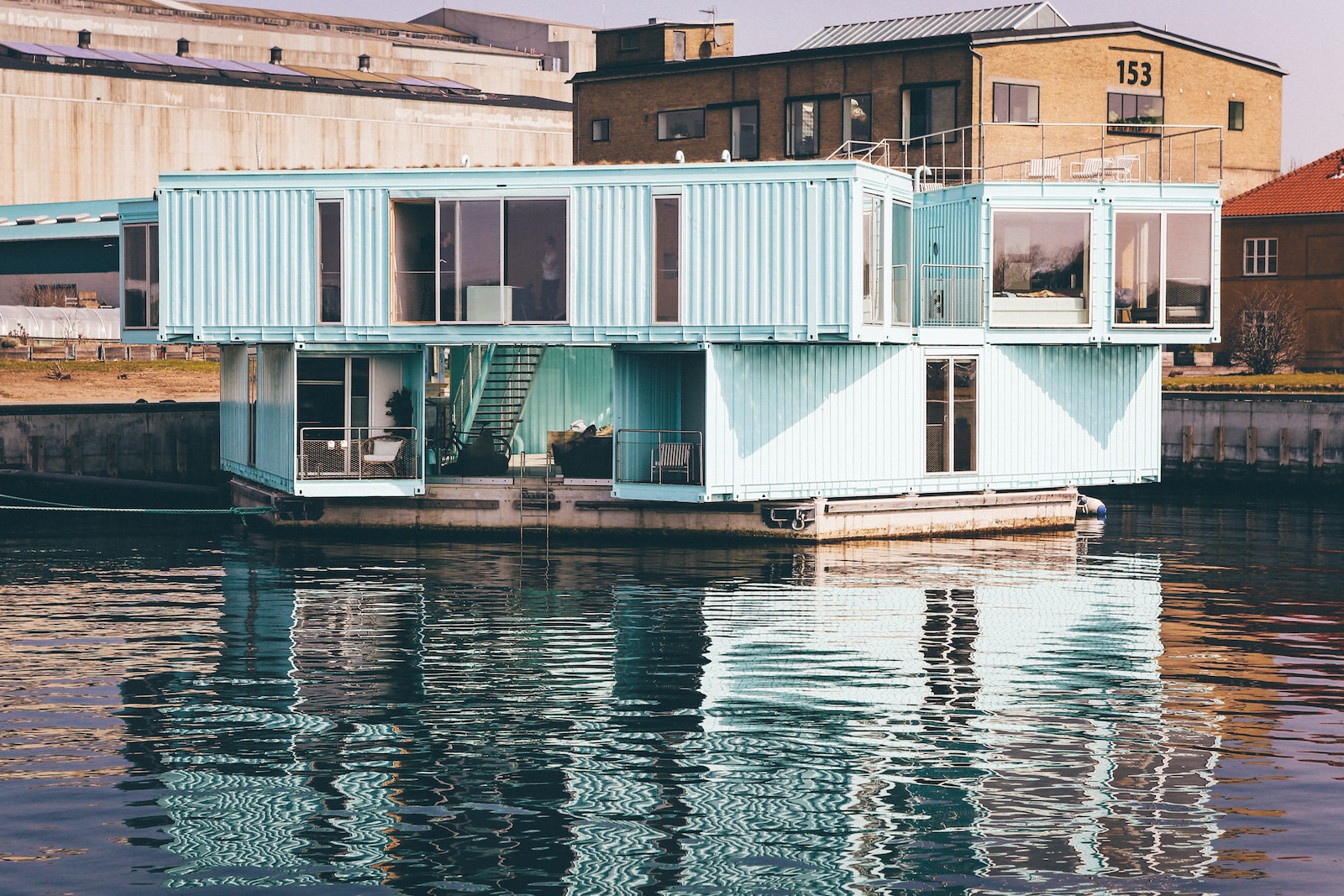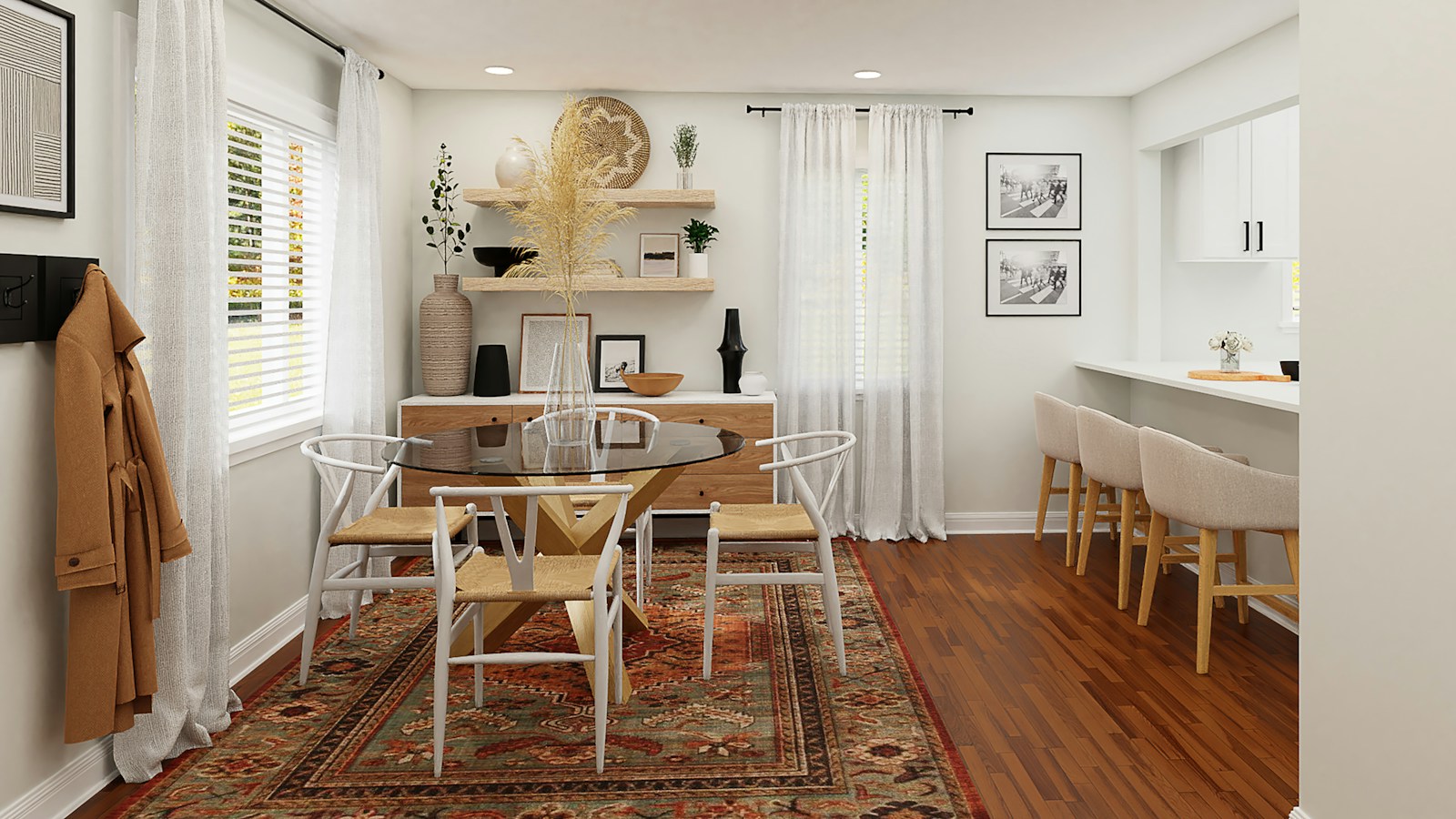Howdy, my fellow container home enthusiasts! I’m Sally Johnson, and I’ve been immersed in the world of container homes for the past four years. Today, we’re embarking on a thrilling journey through time, tracing the remarkable evolution of container homes. Strap in, folks, because this isn’t your average history lesson; it’s a delightful, slightly humorous exploration of how these metal giants became the darlings of modern housing.
From Cargo to Comfort: The Humble Beginnings
Our story begins on the high seas, where massive steel shipping containers roamed the oceans like modern-day pirates, laden with treasures from distant lands. These containers were the workhorses of global trade, carrying everything from electronics to sneakers.
The year was 1956, and a brilliant chap by the name of Malcolm McLean had an epiphany. He thought, “Why not transform these sturdy steel boxes into the building blocks of affordable housing?” And just like that, container homes were born.
The first container home was a simple affair, a humble abode crafted from a single 20-foot container. It wasn’t glamorous, but it was revolutionary. It showed that with a bit of ingenuity, you could turn a metal box meant for cargo into a cozy living space.
The 21st-Century Renaissance

Fast forward to the 21st century, and container homes had come a long way. They had gone from being seen as quirky experiments to bona fide housing options. People started realizing the potential of these steel giants, and architects, designers, and DIYers alike began to take up the container home cause.
The Tiny House Movement: Small but Mighty
One of the most significant milestones in the evolution of container homes was their adoption by the tiny house movement. These pint-sized dwellings struck a chord with folks seeking a simpler, more sustainable way of life. Container homes fit the bill perfectly.
Tiny home enthusiasts started getting creative, stacking containers and combining them to create unique, compact living spaces. They brought a new level of style and panache to the container home game. Suddenly, it wasn’t just about affordability; it was about elegance and efficient use of space.
Going Off the Grid
As the world became more environmentally conscious, container homes found themselves in the spotlight once again. Their metal frames made them ideal candidates for off-grid living. Solar panels, rainwater harvesting systems, and composting toilets became staples in container home design.
Imagine living in a remote cabin made from repurposed containers, with the only connection to the outside world being your internet connection for remote work. It was (and still is) a dream come true for many eco-conscious adventurers.
Architectural Marvels
The architectural world soon caught wind of the container home trend. Renowned architects began experimenting with these steel giants, pushing the boundaries of design and creativity. Containers were sliced, diced, and rearranged into awe-inspiring structures that defied convention.
Take, for instance, the famous Redondo Beach House in California. Designed by Peter DeMaria, this stunning residence consists of eight shipping containers arranged in a star-like formation. It’s a testament to the limitless possibilities of container homes.
Luxury and Comfort

Container homes weren’t content with just being eco-friendly and affordable; they wanted a taste of luxury too. Enter the era of high-end container homes. These lavish creations featured spacious interiors, designer kitchens, and even rooftop gardens.
Imagine sipping champagne on your rooftop deck with a view that rivals any penthouse suite in the city. Container homes were no longer just a budget-friendly alternative; they were a symbol of luxury and opulence.
Global Popularity and Impact
Container homes weren’t just a North American fad; they went global. They found their way into the hearts of people in Europe, Asia, Australia, and beyond. In developing countries, container homes offered a glimmer of hope for affordable housing solutions. Organizations and charities started using containers to build schools, medical clinics, and emergency shelters.
Regulations and Challenges
Of course, with great innovation comes great responsibility (and sometimes, red tape). Container homes faced their fair share of regulatory challenges. Zoning laws, building codes, and permit processes often lagged behind the growing container home movement. But, as passionate container home enthusiasts pushed for change, these obstacles began to crumble.
The Future of Container Homes
So, what does the future hold for our beloved steel giants? Well, my friends, it’s looking bright. Container homes are here to stay, and they’re continuing to evolve. 3D-printed containers, smart homes, and even floating container homes are on the horizon.
The next generation of container homes will likely integrate even more cutting-edge technology, making them more energy-efficient and user-friendly than ever before. They’ll also continue to play a crucial role in addressing the global housing crisis, providing affordable, sustainable living options.
Conclusion: A Journey Worth Celebrating
And there you have it, folks, the evolutionary journey of container homes. From their humble beginnings as discarded steel boxes to becoming icons of sustainability, creativity, and luxury, container homes have certainly come a long way. They’ve left an indelible mark on the world of housing, offering a glimpse into a future where innovation and sustainability go hand in hand.
As we continue down this exciting path, let’s celebrate the pioneers, architects, and DIYers who’ve turned metal boxes into cozy homes. The container home revolution is far from over, and I, for one, can’t wait to see where it takes us next. Until then, keep dreaming big and thinking inside the box!



















Find Us on Socials